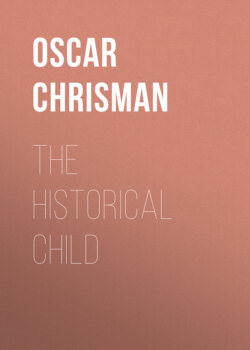Читать книгу The Historical Child - Oscar Chrisman - Страница 31
На сайте Литреса книга снята с продажи.
Education.
ОглавлениеTable of Contents
Education in ancient Peru was wholly reserved for the nobility. The common people were treated very kindly by the ruling class, but it was the theory of their government that the masses were only children and must be treated as such. The following from one of their leading sovereigns portrays this idea: "Science was not intended for the people; but for those of generous blood. Persons of low degree are only puffed up by it, and rendered vain and arrogant. Neither should such meddle with the affairs of government; for this would bring high offices into disrepute, and cause detriment to the state."23
The youth of the nobility were placed under "wise men," who were the only ones having sufficient learning to do such work. The youth were trained for the especial kind of duties they were to perform in after life. They were taught the laws of their country, the principles of government, and were well grounded in the use of their mother tongue. Those who were to enter into a religious life were carefully instructed in regard to the rites and ceremonies of the religion of the country. All were made familiar with the use of the quipus.
The quipus were used for counting and computing numbers. The quipu was a cord near two feet long, made of threads of different colors twisted together and having smaller threads hanging from them like fringe. These threads were of different colors with knots in them which served instead of ciphers in computing. Sometimes the threads represented abstract ideas, as, white stood for peace, red for war, and, again they represented concrete objects, as, white was for silver, yellow for gold.
